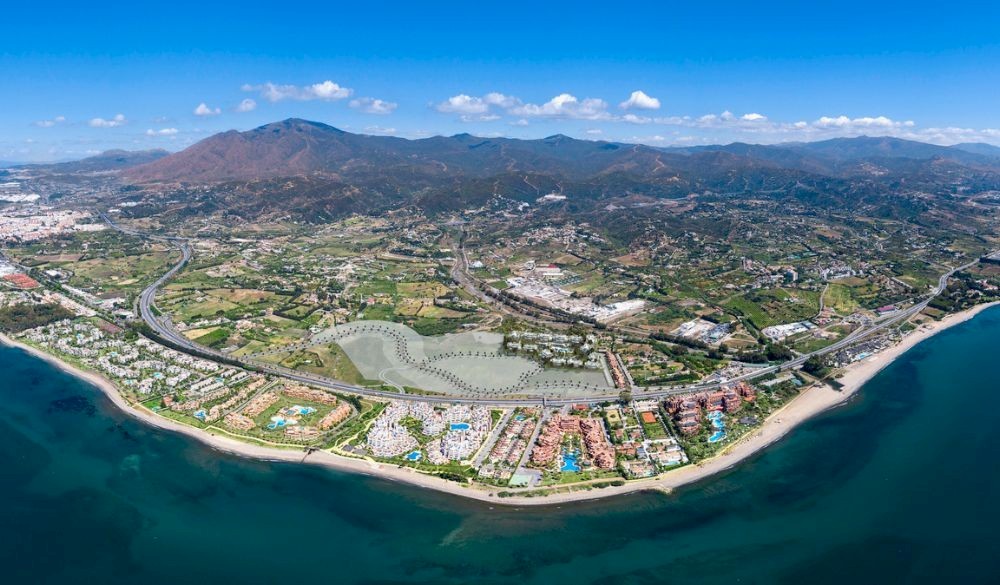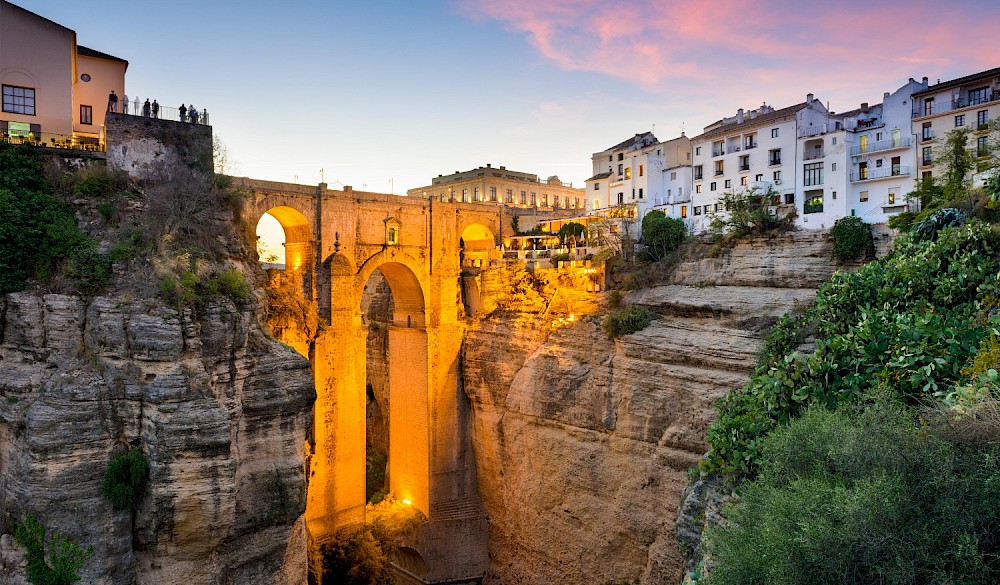Taking back the countryside
March 20 is World Rewilding Day, with Spain at the forefront of this exciting environmental movement.
Europe and its people face a wide range of challenges, including biodiversity decline, rising global temperatures, and declining opportunities for rural economies. Applied at scale, rewilding can help to address these challenges simultaneously.Recovering nature to full health can mitigate both the scale and impact of global warming, enhance biodiversity, and create new sources of income for communities. Rewilding also helps nature to deliver a range of other benefits that are essential to our existence, such as clean air, fertile soil, good health, wellbeing and resilience to disease.
Excluding fruit plantations and agroforestry systems, Spain is the 13th most forested country in Europe, and the largest in southern Europe, with 37.17 percent of its total land are in forest. To put that figure in context, Finland has 73.73 percent coverage while the UK has just under 14 percent. (If you were wondering who is at the bottom of the list, millionaires’ playground Monaco comes last at zero percent). Spain’s eco-wealth in both flora and fauna used to be a lot better than the current situation and, as a frontrunner in the rewilding movement, the country is anxious to improve.

If you are wondering what exactly Rewilding is, the basic concept centers around letting nature take care of itself - enabling natural processes to shape land and sea and restore degraded landscapes.
This innovative way of restoring wild nature is not just a case of letting the countryside “get on with it”. Rewilding projects create the right conditions by removing dykes and dams to free up rivers, allowing natural forest regeneration, and by reintroducing species that have disappeared as a result of Man’s negative impact. Once the environmental foundations have been prepared, the volunteers step back and let nature manage itself.
The biggest rewilding project in Spain is the reintroduction of lynx, wild herbivores, and black vultures into an area of 850,000 hectares (more than twice the size of Somerset), approximately 100 kms east of Madrid. Running from the southern border of Castilla y León to the city of Cuenca, in Castilla – La Mancha, and occupying part of Aragón, populations of wild boar, ibex and deer have already begun to climb over recent decades in the area.
One of the main reasons for choosing this region is social: local human population figures have more than halved in the region over the past seventy years, out of a population that was already low. In fact, this is now among the least populated areas of Europe. This huge project also aims to protect existing old-growth forests and stimulate sustainable rural tourism, drawing people back to the region with the promise of jobs.
One of the most interesting of the many rewilding projects in Andalucía is the reintroduction of the European bison in the El Encinarejo region, north west of the city of Jaén . Its aim is not only to establish a population of bison in the area, small as it may be in the beginning, but to recuperate a habitat suitable for wild rabbits and red-legged partridges, which are important prey for the endangered Iberian lynx. The value of introducing bison is their grazing and trampling habits. (Somewhat like certain groups of tourists, but I digress). It is hoped that the expected success of the project will encourage other regions to follow suit.
Wild nature is an essential element of a prosperous and healthy society. Rewilding can generate new business opportunities, jobs and income, while connecting with wild nature makes us feel good and keeps us mentally and physically healthy.
With its beautiful countryside, vast unexplored areas and a greater desire for rural tourism combined with the slow travel movement, rewilding projects can breathe fresh air into some of Spain’s most stunning, yet neglected, towns and villages.
REF: Giles Brown







